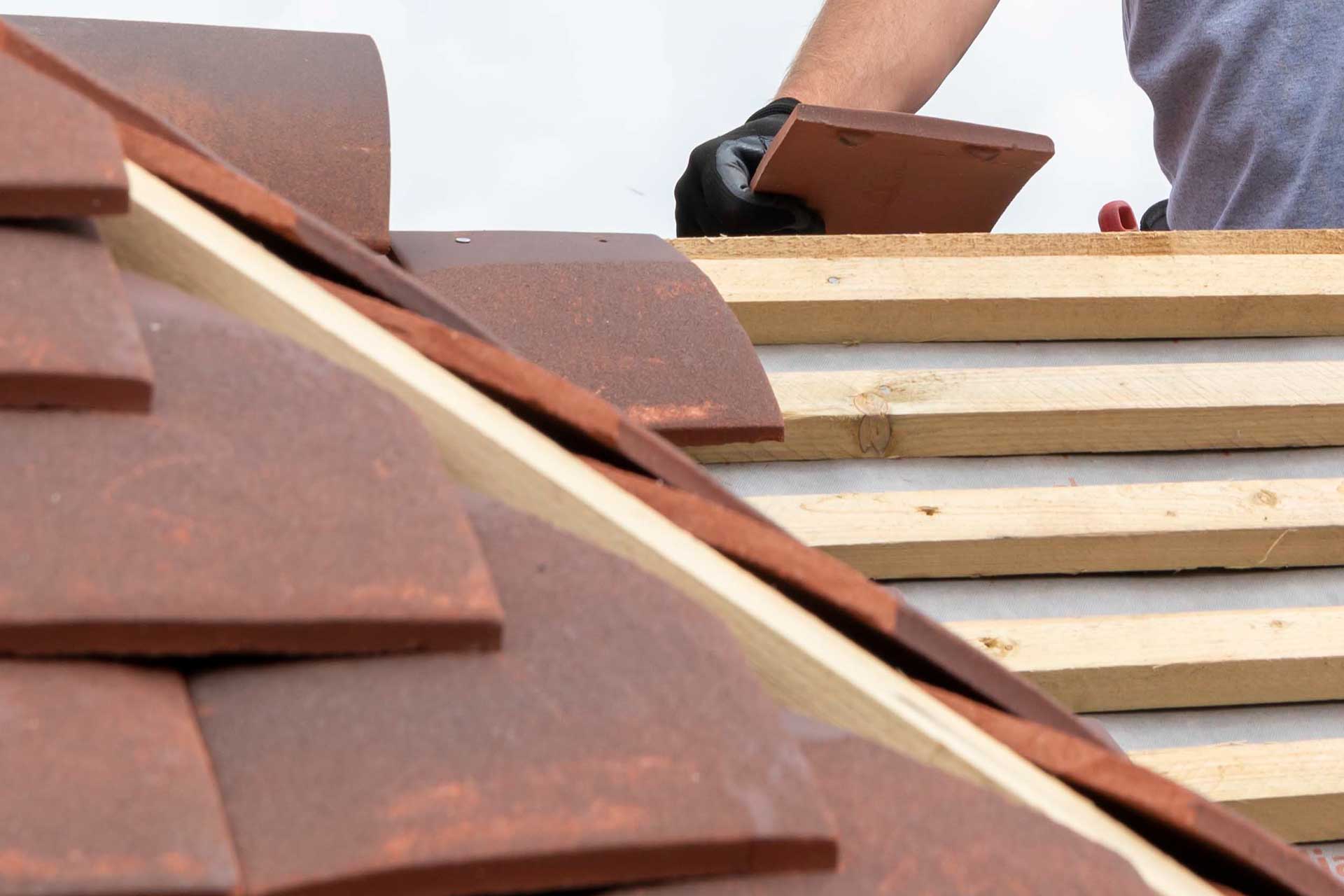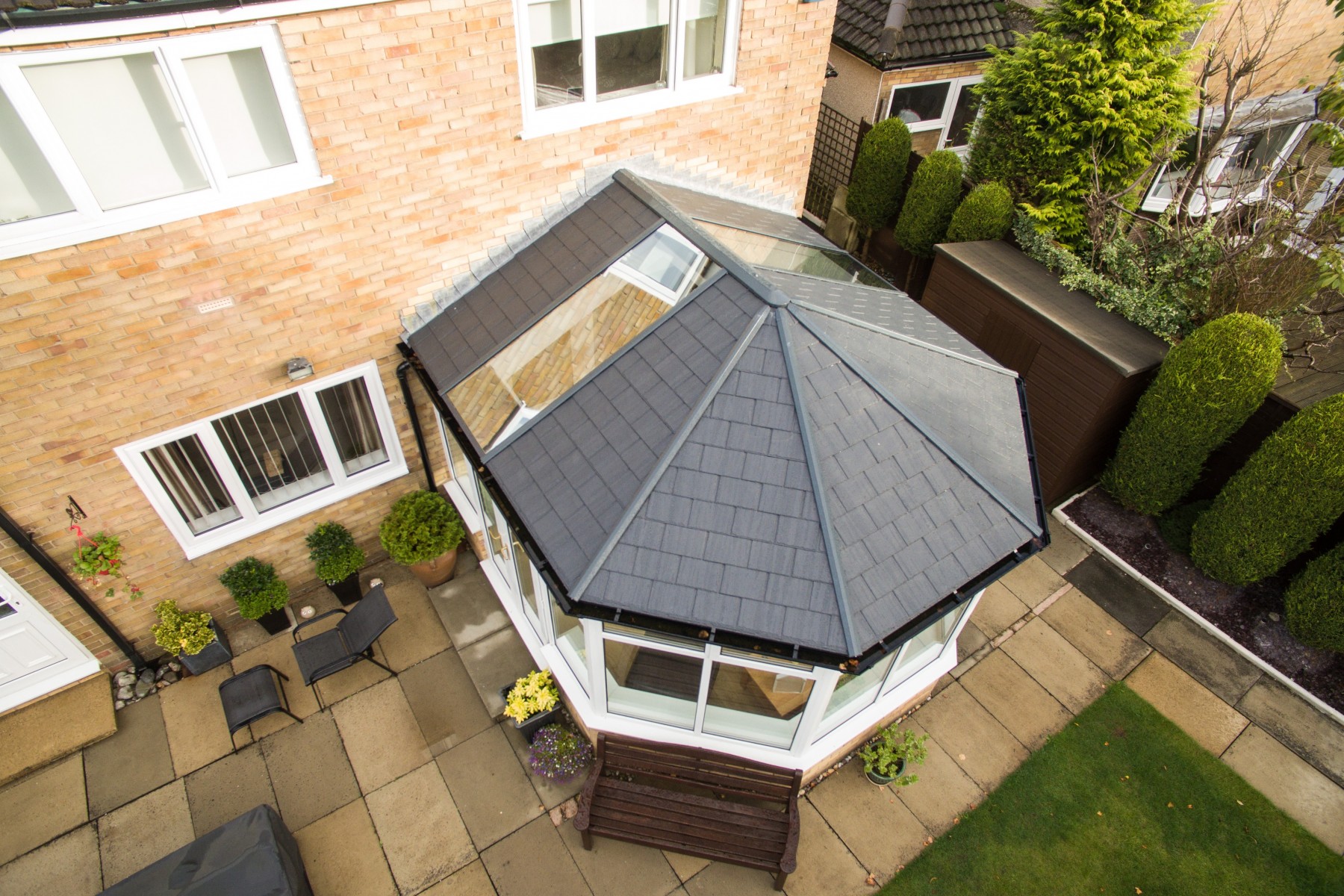Understanding Typical Roof Replacement Prices in the UK: What Owners Have to Know
Understanding Typical Roof Replacement Prices in the UK: What Owners Have to Know
Blog Article
The UK's harsh weather can make roof replacement a necessity, particularly when buildings are exposed to it throughout the entire year. Roofs are one of the most vulnerable parts of any building. From snow and heavy rain in winter, to strong wind in spring and fall, they require regular care and attention. Over time, roofs deteriorate due to these elements, and a replacement may become necessary to maintain the structural integrity of a property. This article will discuss the benefits of roof replacement. We'll also look at the warning signs that a roof is in need of replacing.
In the UK, most roofs are made with slate, tile, or felt, each with its own lifespan and maintenance needs. Slate roofs, common in older homes, can last up to 100 years but may begin to degrade after several decades if not properly maintained. Clay and concrete tiles are also widely used, offering a solid 40 to 60 years of durability. Felt roofs, often seen on flat roofs, generally need replacement after 20 to 30 years. When assessing roof health, homeowners should consider other factors, such as the roof pitch, condition of underlayment, and ventilation. Roof inspections by certified roofers can confirm whether repairs are required or not. Regular inspections can catch early signs of deterioration and help avoid costly damage later on.
Leaks that are frequent and persistent can be a sign of a need to replace shingles. While minor leaks may seem manageable at first, they can lead to significant water damage over time if left unaddressed. Water can seep into the insulation, weaken the roof structure, and create the perfect environment for mold and mildew to thrive. Another indication that a roof needs replacing is visible sagging, which suggests that the underlying structure has been compromised. The roof may also need replacing if tiles, slates, or other roofing materials are cracked or curled. This can not only be a problem for the look of your home, but it also poses a safety risk. It is important to have the roof replaced before the problems worsen.
The process of Typical roof replacement prices in the UK usually begins with an inspection carried out by a roofing professional. This assessment helps determine the extent of the damage and the most suitable materials for the replacement. After selecting the right materials, the roof will be removed and the structure underneath examined. If the roof deck is damaged, it may need to be replaced before the new roofing materials are installed. Depending on the complexity of the roof, this process can take several days to complete. A high-quality roof replacement involves more than just laying new materials; it includes ensuring that the underlying structure is sound, proper insulation is installed, and the roof is adequately ventilated to prevent future issues. To obtain new details kindly check out www.roofadvisor.co.uk/how-much-does-a-roof-replacement-cost-in-the-uk/
Timing the project correctly can make a significant difference in the ease and success of a roof replacement. The best times to do such work in the UK are during late spring, early summer or early fall when weather conditions tend to be more stable. The wind and rain can create delays, particularly if the construction exposes large sections of roof. However, emergency replacements may be required at any time of year, particularly if a roof has suffered storm damage. Booking a contractor ahead of time can reduce the wait during busy seasons. Homeowners should also make logistical preparations, such as informing neighbours about upcoming work, arranging parking space for construction vehicles, and preparing for potential noise and disruption. A realistic schedule and clear communication will help you manage the process with minimum inconvenience.
One of the key considerations when replacing a roof in the UK is ensuring that the work complies with local building regulations. Depending on the type of property and the extent of the work, you may need to apply for planning permission or building regulations approval before starting the replacement process. Some areas, such as conservation zones or listed buildings, have stricter regulations regarding materials and methods for replacing roofs. Working with a roofing contractor who understands these rules and regulations is crucial. They can make sure that all requirements are met. Failing to do so can result in fines or the need to undo the work and replace the roof with approved materials.